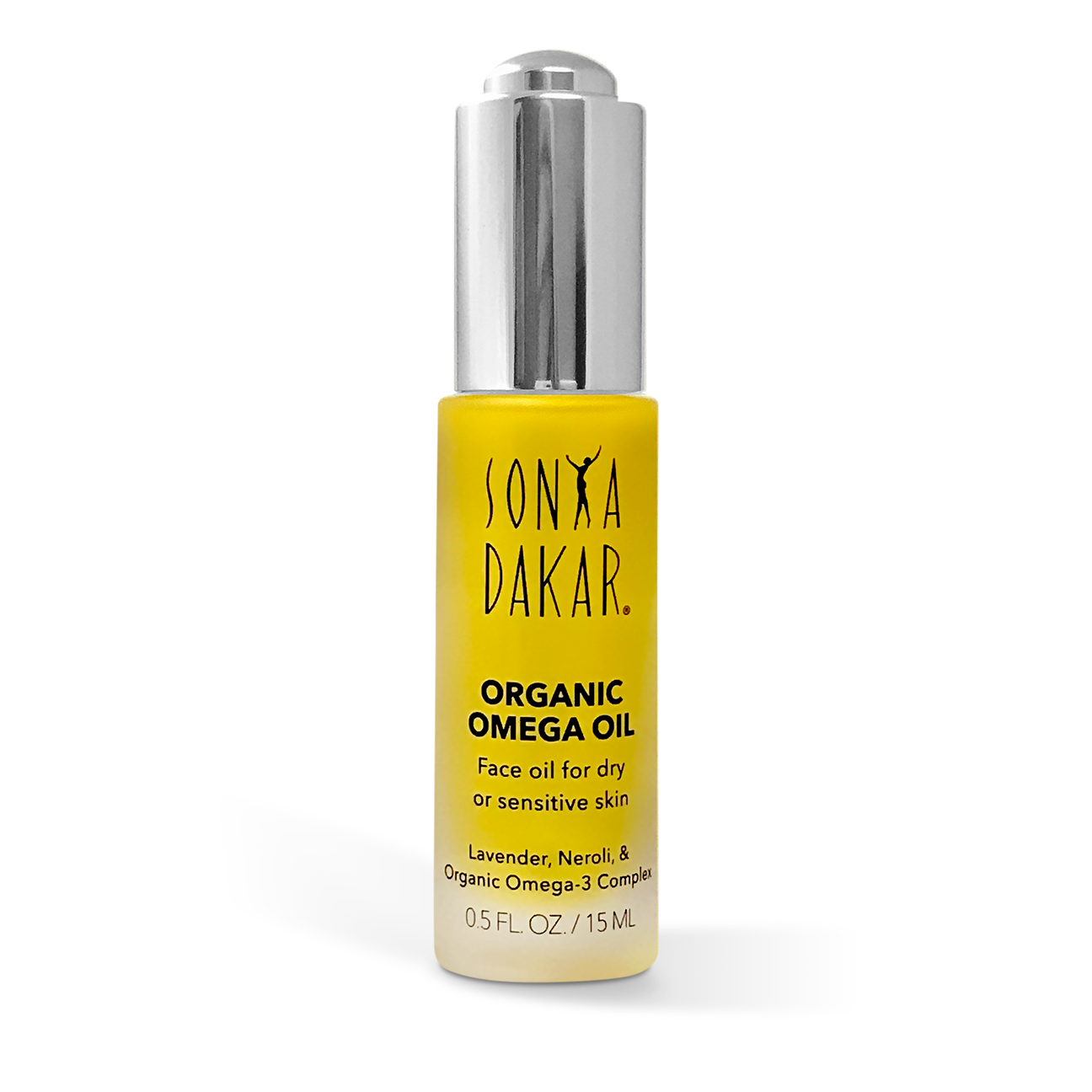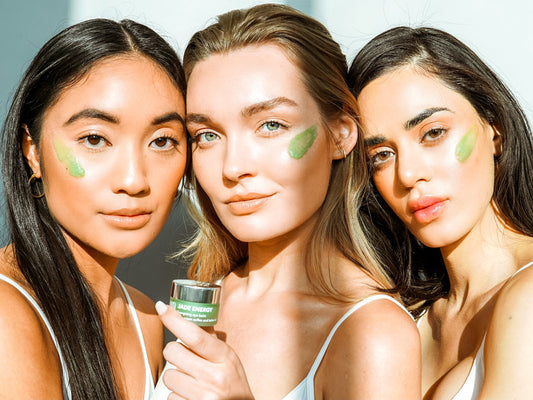
Busting the Myths: 7 Common Sunscreen Misconceptions Debunked
Understanding sunscreen is vital to maintaining healthy skin and preventing sun damage. Yet, misinformation about sunscreen is as widespread as its use. This article seeks to debunk seven prevalent myths about sunscreen and provide you with factual, science-backed information. Our aim is to guide you past common pitfalls and misconceptions, ensuring you achieve the most effective sun protection. A bonus tip about lip protection is also included to ensure full coverage in your sun care routine.
Myth 1: You Don't Need Sunscreen on a Cloudy Day
One of the most widespread myths is that sunscreen is only necessary on bright, sunny days. However, up to 80% of UV rays can penetrate cloud cover, meaning your skin is still at risk of damage even on overcast days. Whether it's rainy or sunny, a broad-spectrum sunscreen should be a non-negotiable part of your daily skincare regimen.
Myth 2: Higher SPF Equates to Significantly More Protection
The notion that SPF 50 offers significantly more protection than SPF 30, which in turn offers double the protection of SPF 15, is a common misunderstanding. In truth, the increase in protection is less dramatic than many believe. SPF 15 blocks approximately 93% of UVB rays, SPF 30 jumps to about 97%, and SPF 50 filters around 98%. The differences among these are minor, so the most crucial thing is to choose a broad-spectrum sunscreen of at least SPF 30 and diligently reapply every two hours, or immediately after sweating or swimming.
Myth 3: A Base Tan Protects Your Skin
Many believe that a "base tan" can act as a natural sunscreen. However, a tan is essentially a sign of skin damage, indicating that the skin is trying to protect itself from further harm. Therefore, it offers minimal protection against UV damage. Always use a broad-spectrum sunscreen, irrespective of your skin tone or tan.
Myth 4: Sunscreen Causes Vitamin D Deficiency
Sunscreen usage and vitamin D deficiency is a topic often debated. While it's true that the body requires sun exposure to produce vitamin D, it doesn't need much. Regular, short periods of sun exposure outside peak times (10 am to 4 pm) are sufficient for vitamin D synthesis. Besides, you can get this essential nutrient from your diet or supplements.
Myth 5: All Sunscreens Are the Same
There's a wide variety of sunscreens available, including chemical and mineral formulas. Chemical sunscreens absorb UV rays and convert them into heat, while mineral sunscreens reflect UV rays. Understanding the difference helps you make an informed choice based on your skin type, environmental considerations, and personal preference.
Myth 6: Sunscreen Is Only for the Beach
Many people only use sunscreen during beach vacations or outdoor activities. However, UV rays can damage the skin year-round, even during winter or while driving. Incorporating a broad-spectrum sunscreen into your daily skincare routine helps prevent premature aging and skin cancer.
Myth 7: Applying Sunscreen Once a Day Is Enough
Even with a high SPF sunscreen, one application a day is not sufficient. Sunscreen should be reapplied every two hours and immediately after swimming or sweating. This rule applies even to water-resistant sunscreens, as no product can stay effective indefinitely once applied.
Bonus Tip: Don't Forget Your Lips
When applying sunscreen, it's easy to overlook the lips. However, the skin on your lips is thin and sensitive, making it susceptible to UV damage. Use a lip balm with an SPF of 15 or higher, and reapply it regularly, especially after eating or drinking.
In conclusion, debunking these sunscreen myths helps you avoid common mistakes and misconceptions, guiding you to protect your skin effectively. Regardless of your skin type, lifestyle, or the weather, regular and correct use of broad-spectrum sunscreen is crucial. After all, an ounce of prevention is worth a pound of cure







